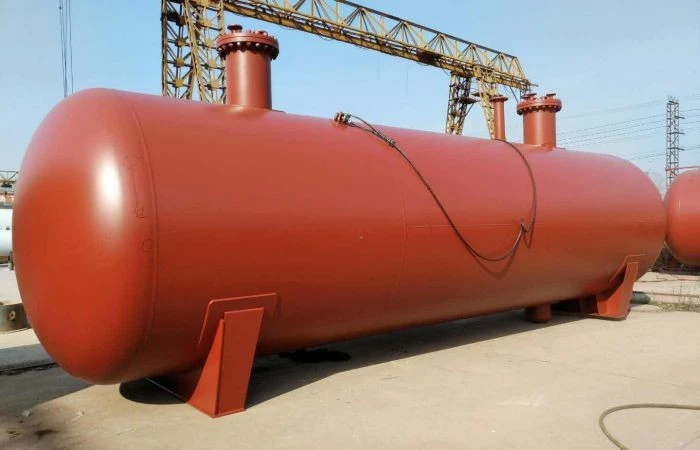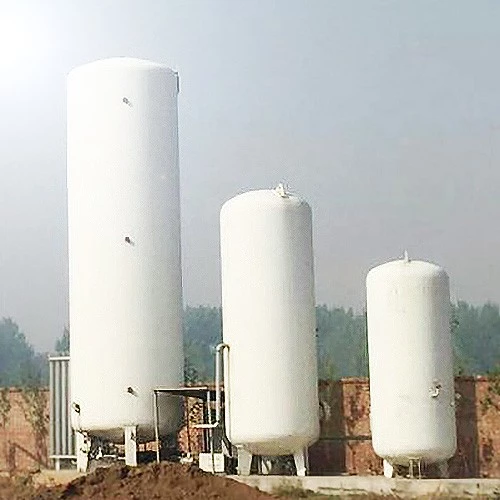Anti-Corrosion Strategies for Enhancing Petrochemical Storage Tank Integrity
Storage tanks serve as critical components in the storage and refinement of petrochemical products, playing an indispensable role in the overall process. However, the extended usage of these tanks exposes them to corrosion risks, originating from the petrochemical products and atmospheric substances. This corrosion poses a potential threat of oil leakage and, in severe cases, may lead to significant safety incidents, causing substantial losses for enterprises and adverse environmental impacts. Consequently,...









